READY TO GET STARTED?
REQUEST A FREE ESTIMATE
Fill out the form below or call (888) 466-7849 for a free, no-obligation estimate.
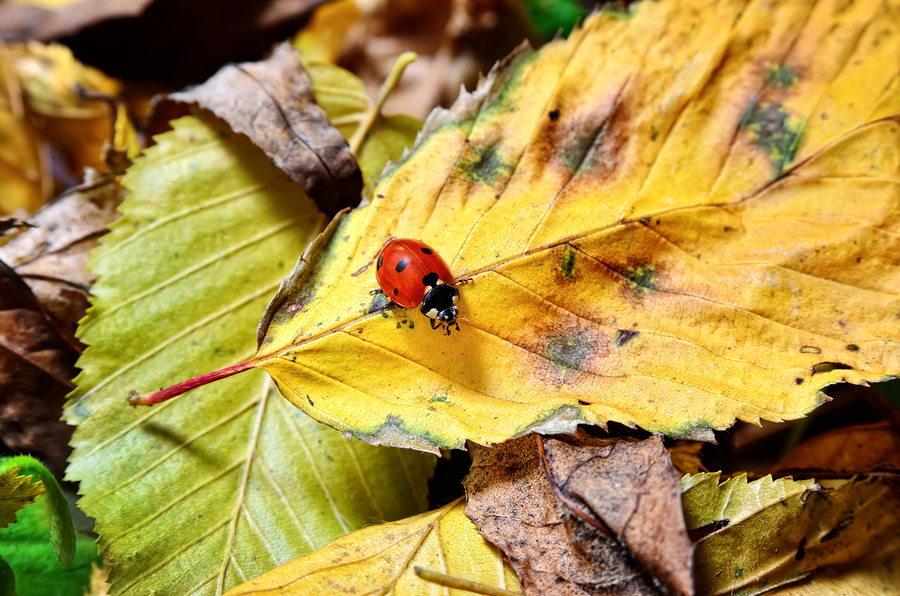
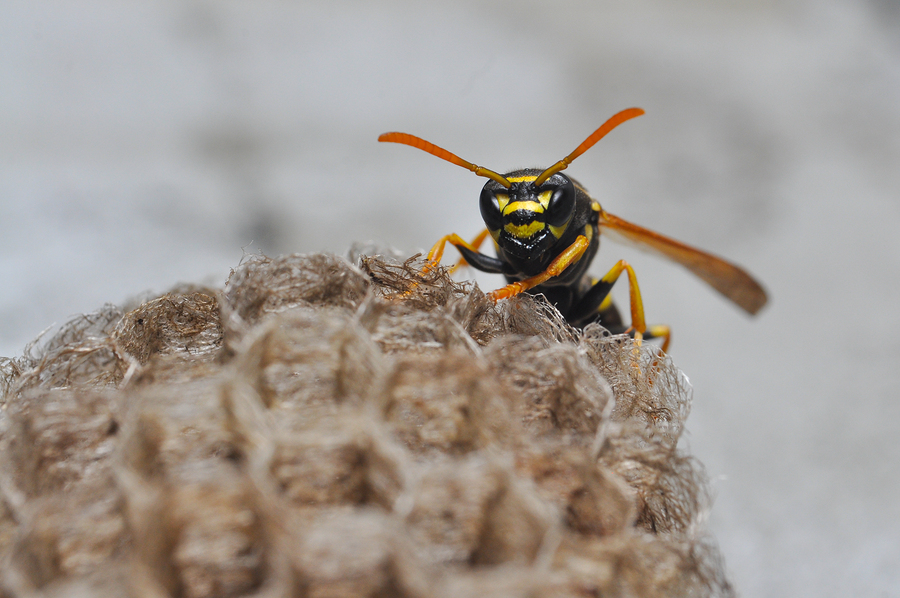
You may be noticing the bees buzzing more than they were a few weeks ago. Why? (Hint: it’s not to ruin your outdoor fun or to sting you) Some species of bees, like honeybees for example, are preparing for winter by collecting nutrients for their colony via late-blooming flowers. Wasps can also be more active (or noticeable) this time of year, when they change up their usual diet of insects for sweeter, more carbohydrate-rich foods. Since bees are beneficial insects, the best way to prevent stings is by avoiding them. If you have an unusual amount of bee activity around your home, contact a wildlife removal company for recommendations.
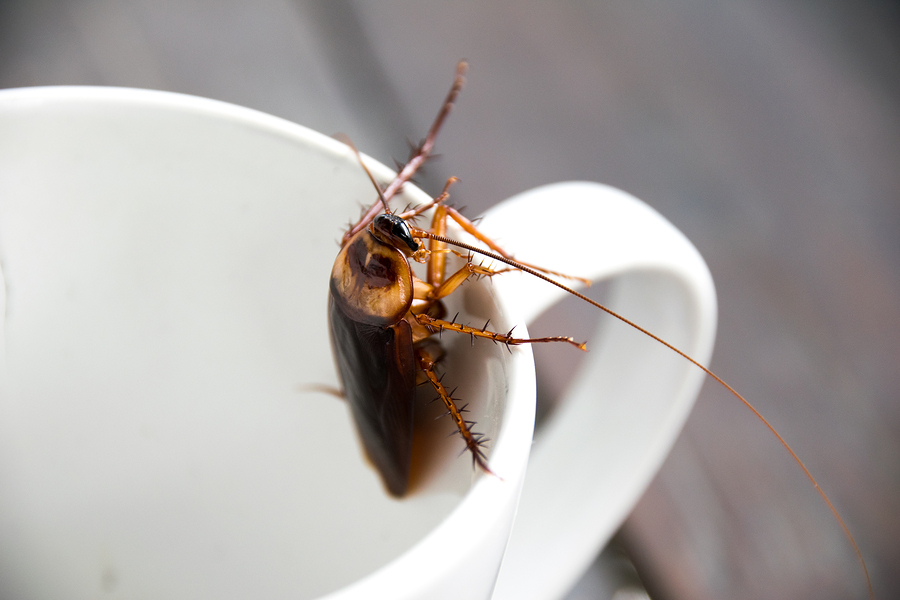
Cockroaches may start moving indoors when the weather gets cooler in search of food, water, and warmth. The best way to prevent an infestation in your home is with proactive roach control: eliminate or reduce food and water sources and get rid of hiding places by de-cluttering and keeping a clean house. Fix any plumbing leaks, store leftover food and dog food in storage containers, take out the trash daily, and seal or correct any gaps, cracks, or crevices that roaches can use to gain access into your home. If you’re seeing several roaches of varying sizes, you may have a roach infestation. Resist the urge to use OTC sprays as these are only on-contact killers and won’t prevent roaches from reproducing. Contact an exterminator for a pest control plan that will include a thorough inspection and quarterly or monthly treatments.
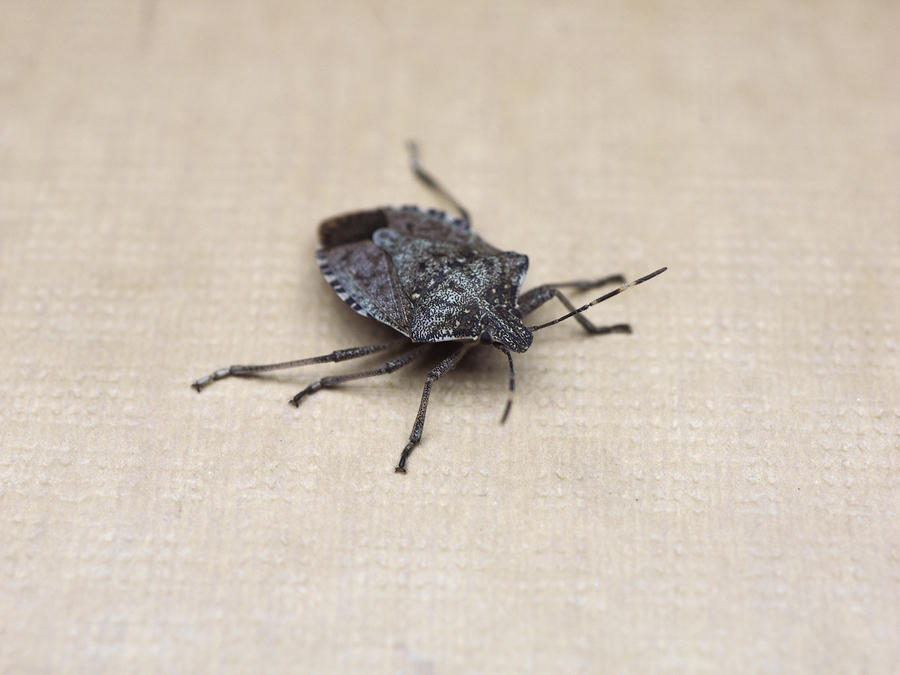
You may notice an influx of varying kinds of beetles in the Fall months as these overwintering pests are preparing for hibernation. Common fall beetles include ladybugs, boxelder bugs, and stink bugs. These types of pests often resist traditional treatments with pesticides so it’s best to vacuum up the ones you see inside your home and take measures around your home to prevent more from coming inside. They’ll gather near the warmest areas of your home, usually on the south and west-facing sides. Especially around these areas, check to be sure there aren’t any openings or gaps around windows and doors and, if there are, correct these issues to keep beetles out.
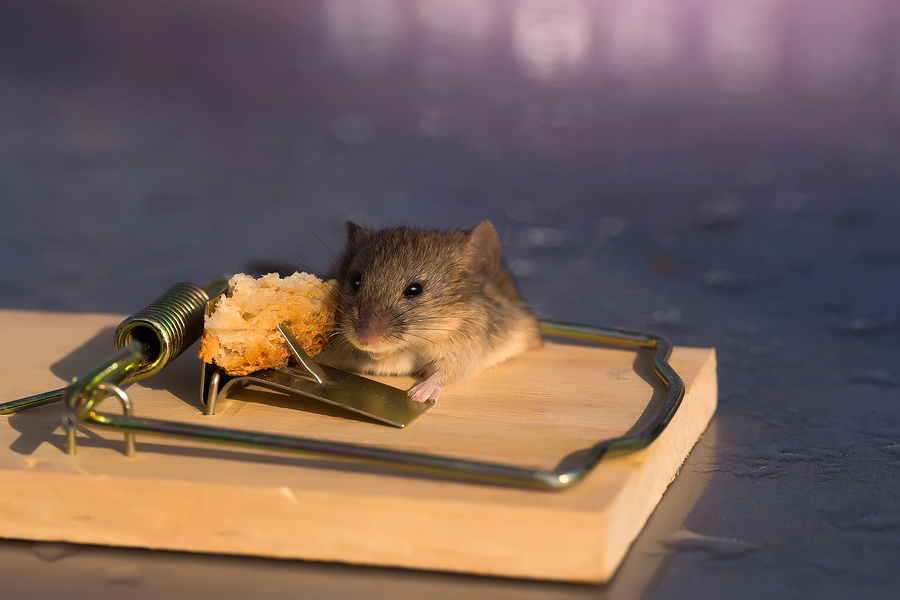
Like other rodents and pests, mice are searching for food and warmth in cooler weather, making your home a welcoming environment. Keep them out by rodent-proofing: seal gaps or openings around your home’s exterior and around plumbing, make sure outdoor vents are covered, repair any holes or tears in window screens or door screens, install weatherstripping around doors, clear out plants, leaves or any other vegetation that may be touching or near your home’s exterior, clean up any yard debris, and de-clutter inside the house. You can also use glue boards in less-traveled areas, like basements and attics, as a proactive approach to mice control.
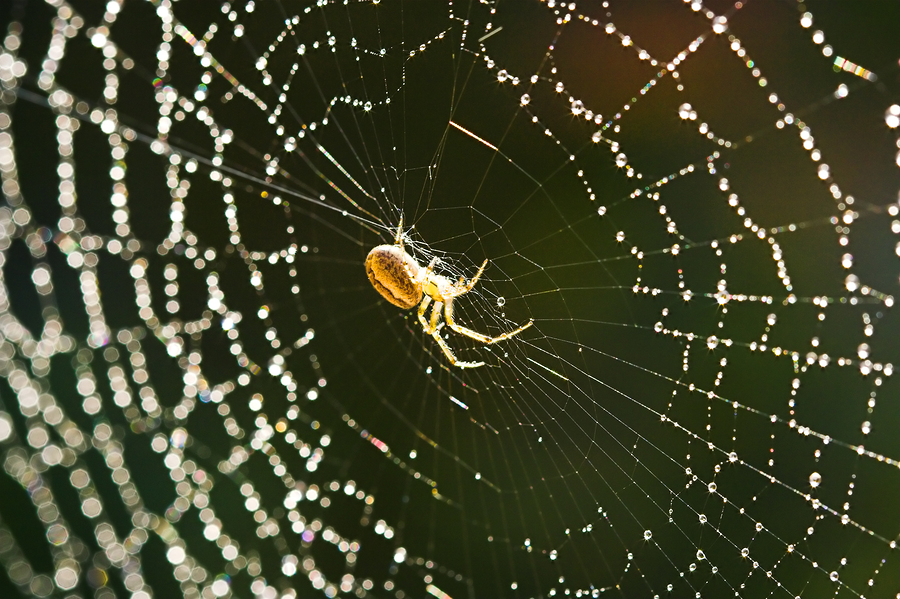
Knocking down cobwebs only to find another one in it’s place the next day? You’re not alone. For some species of garden spiders, like the orb weaver, now is when they are at their largest, making them more noticeable, and females are laying eggs before they die. Since spiders are beneficial insects and can reduce the amount of other pests around your home, try and resist the urge to knock down their webs outside. If you’re seeing spiders in the house, contact an exterminator for pest control recommendations.
Categories